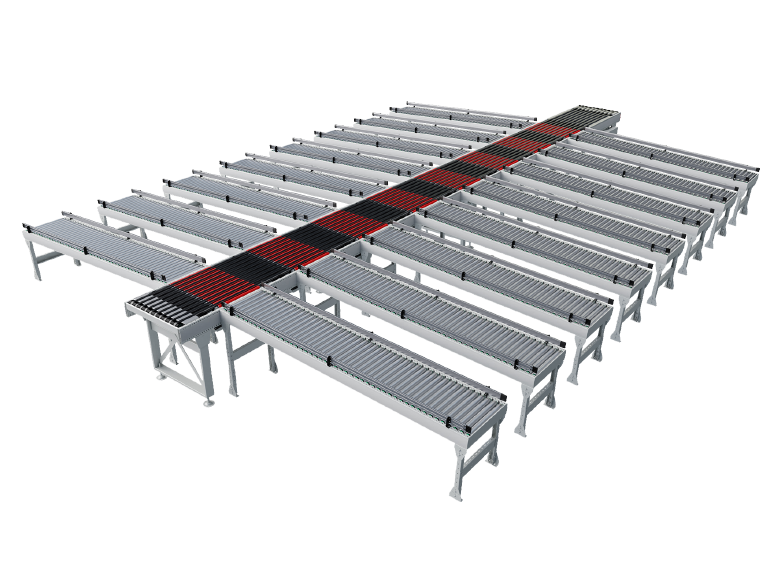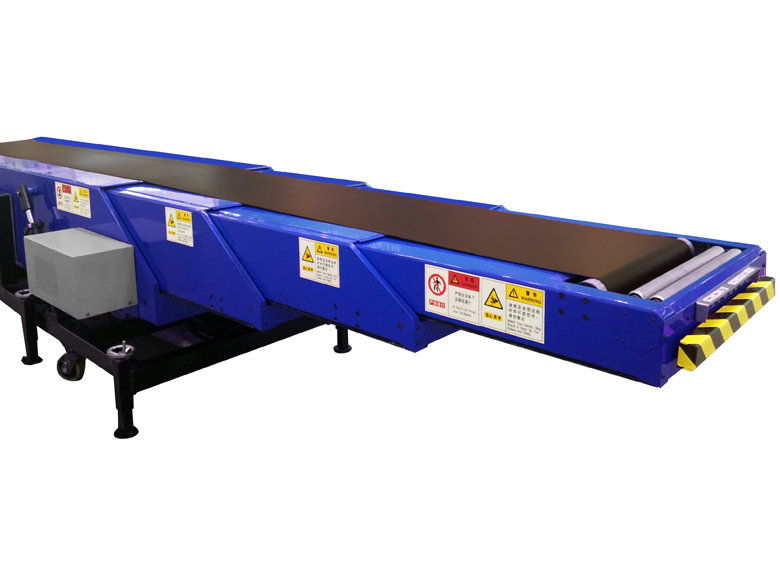1. High Automation Level: Controlled by a combination of computers, electronic equipment, magnetic and inductive sensors, laser reflectors, and more. The AGV receives and executes instructions, transporting materials to designated locations, following input from operators and central control.
2. Automated Charging: AGVs request charging when their battery levels are low, automatically queuing up for recharging at designated stations, significantly extending battery life (over 2 years) with approximately 15 minutes of charging for 4 hours of operation.
3. Aesthetically Pleasing: Enhances visual appeal and improves the company's image.
4. Enhanced Safety: Clear navigation paths prevent collisions, in contrast to manually driven vehicles whose routes can be uncertain.
5. Cost Control: AGV systems offer short-term investment while labor costs grow continuously over time due to inflation.
6. Easy Maintenance: Infrared sensors and mechanical collision prevention reduce failure rates by preventing collisions.
7. Predictability: AGVs automatically halt when encountering obstacles on their predetermined paths, unlike human drivers who may misjudge situations.
8. Reduced Product Damage: Mitigates cargo damage resulting from human operational errors.
9. Improved Logistics Management: Intelligent AGV controls ensure orderly cargo placement, maintaining a tidy workspace.
10. Space Efficiency: AGVs require narrower aisles compared to traditional forklifts. AGVs can also efficiently load/unload from conveyors and other mobile equipment.
11. Flexibility: AGV systems allow maximum flexibility in changing path planning.
12. Scheduling Capability: AGV system reliability enables optimized scheduling.
13. Process Integration: AGV systems are integral to process integration, linking various processes seamlessly.
14. Long-Distance Transport: Effective point-to-point transport, especially suited for distances greater than 60 meters.
15. Specialized Environments: Customized systems operate in areas inaccessible to personnel.

Automated Conveying System
Automatic Sorting System
Loading And Unloading Conveying System
AGV Intelligent Operation Robot



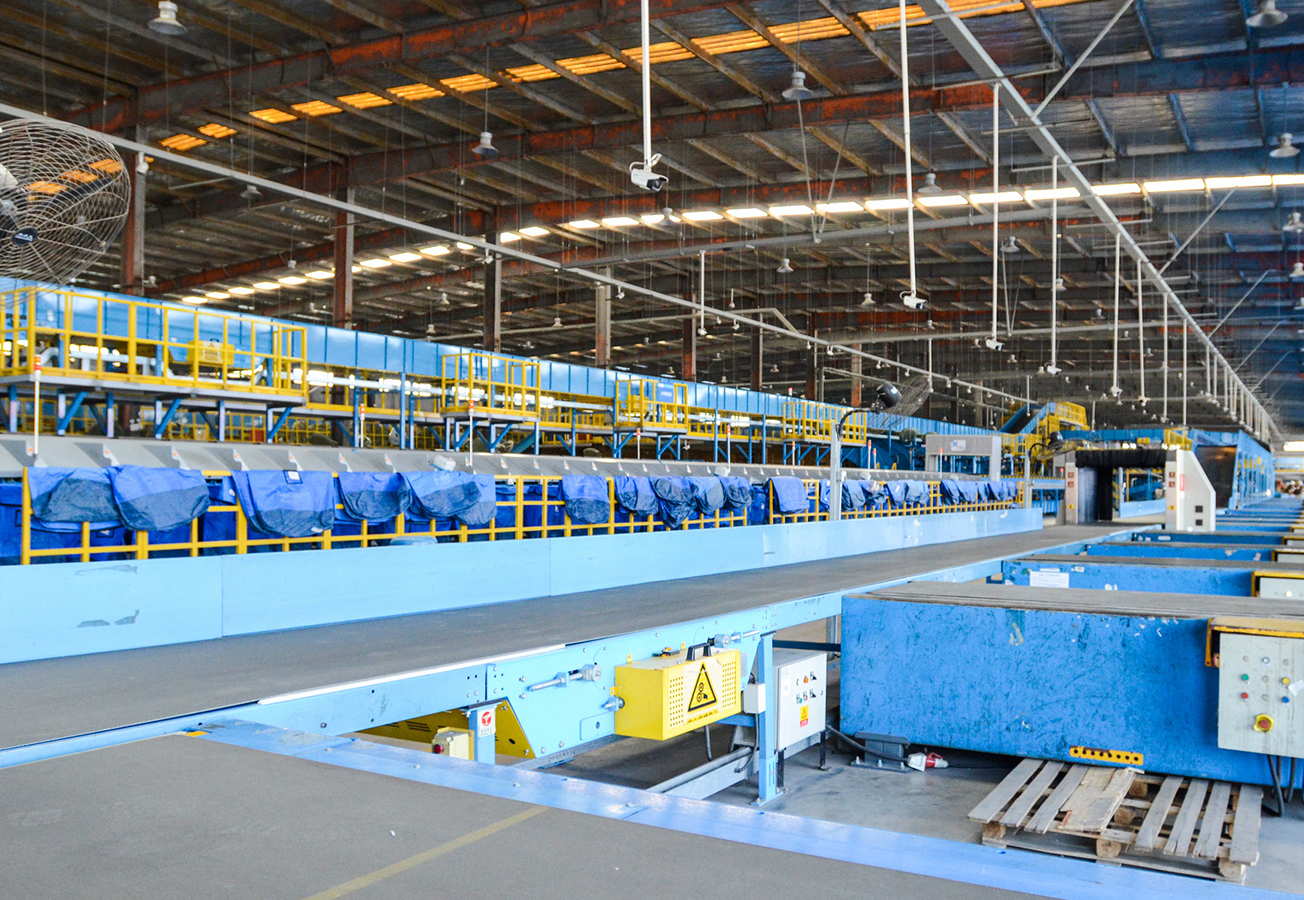
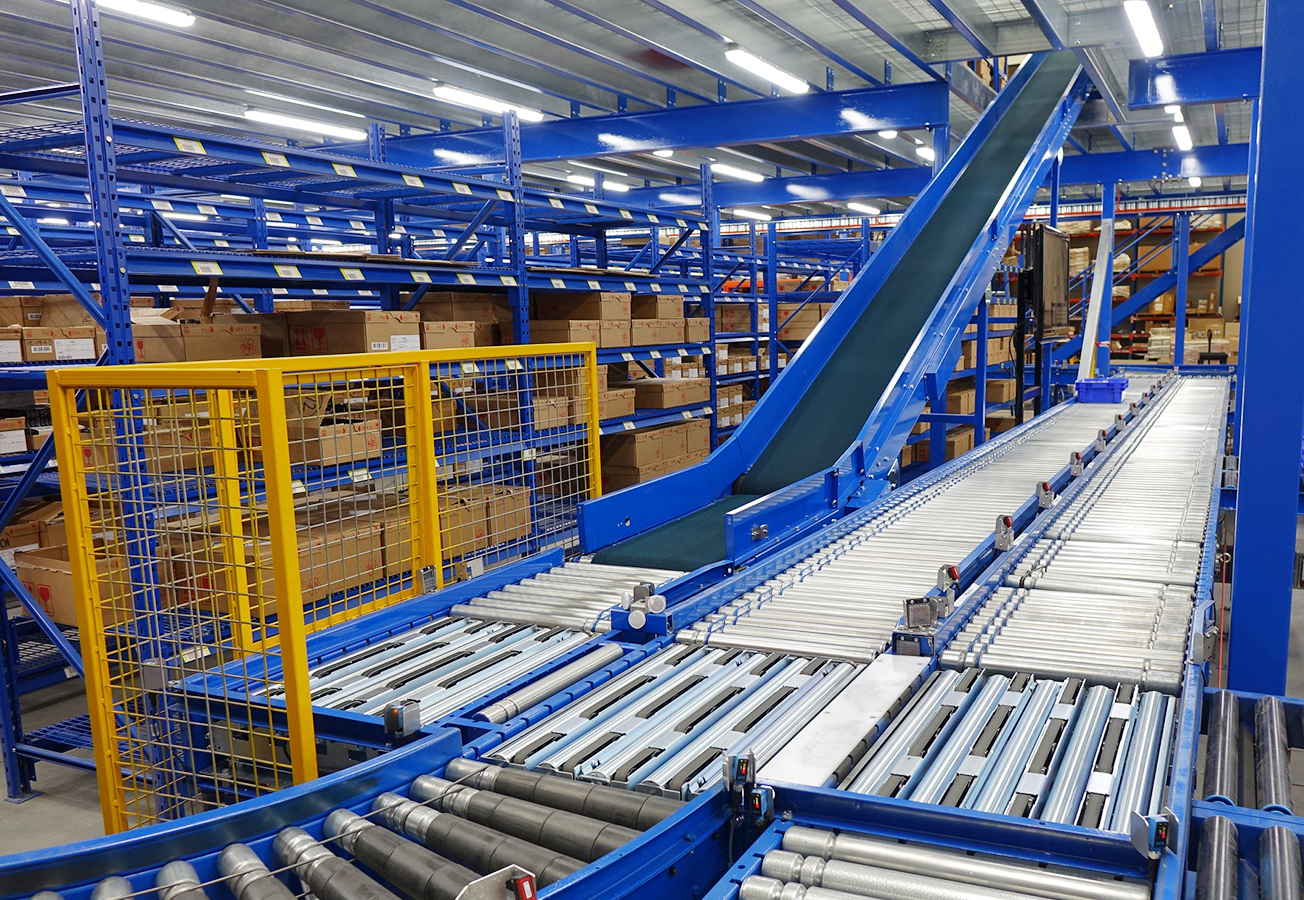








 AGV Handling Robot
AGV Handling Robot  Immediately consult
Immediately consult
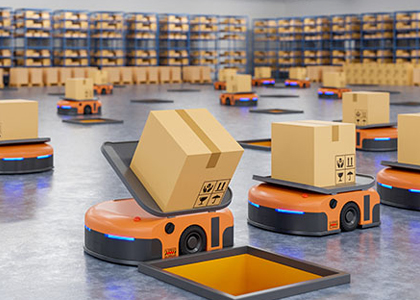
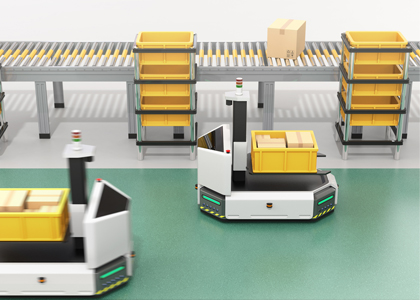
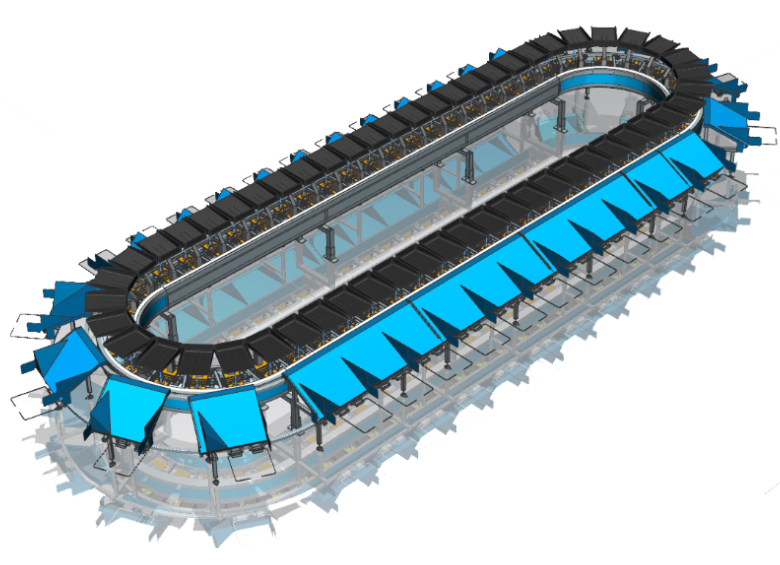
.svg) Tilt Tray Sorter
Tilt Tray Sorter